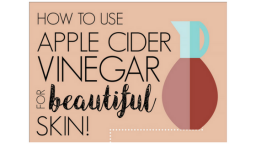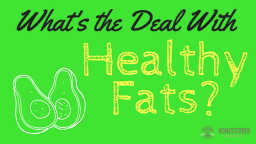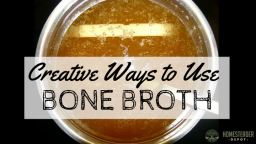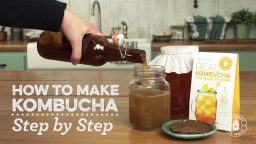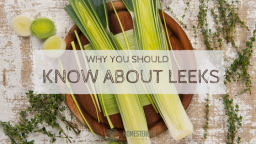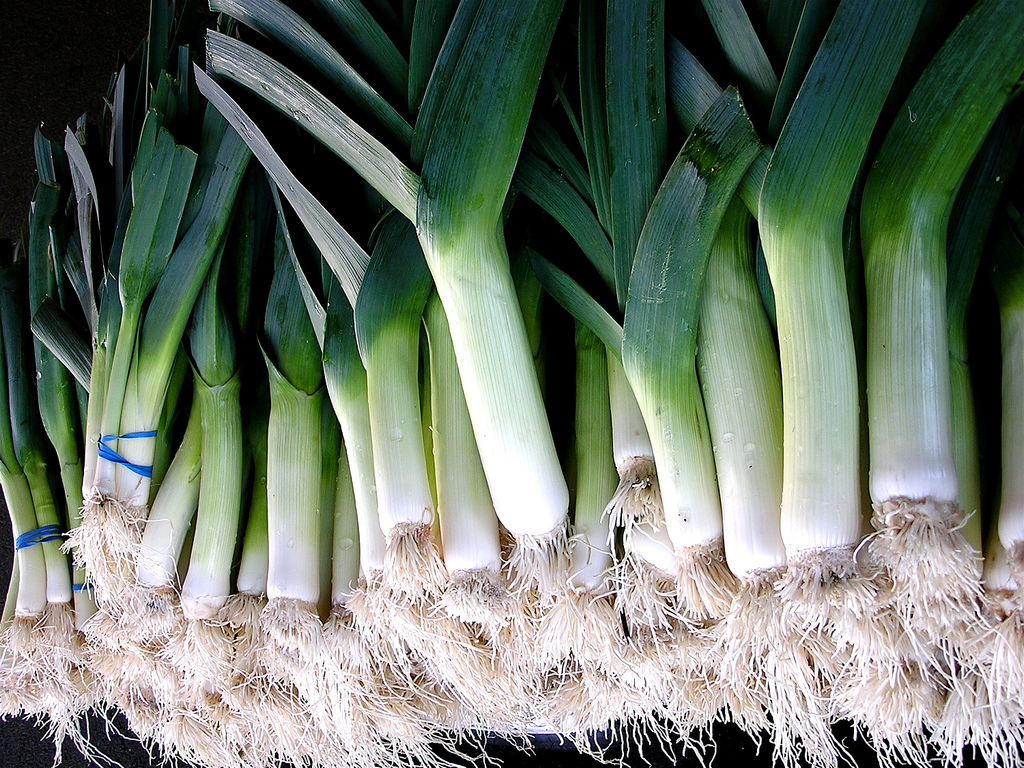It can be overwhelming trying to eat healthier these days. It seems like every day there’s new information about the health benefits of a certain food, while the current fad diet preaches the elimination of that diet.
If you browse healthy recipes on Pinterest, there’s lots of confusing terms applied to different recipes that might make finding the right recipe for your needs difficult.
If you are wanting to try a new cleansing diet, eat healthier, or simply understand what all these diet buzzwords mean, this simple guide is for you. Since this is a site about homesteading and we focus a lot on natural health and whole foods, this isn’t a list of fad weight-loss diets, but rather, the different kind of detoxing, whole/real food diets that not only help with weight loss, but balance and reset your body overall. These different diets achieve that in different ways, but they’re all holistic in nature.
Before you try any radical diet, make sure to talk to your physician or naturopath. Not everyone is the same, and while low-carb or high-protein might work great for someone else, it might not be healthy for you, especially if you have any challenging conditions. This guide is purely meant to decipher the different health diets out there, so that you can learn more about them and start the process of finding one that’s right for your needs.
Let’s begin.
Paleo
The paleo, or primal, diet, has taken the health and fitness world by storm over the last few years. Paleo adherents report significant weight loss, as well as reduced health problems such as eczema, inflammation, and allergies.
The diet is based on the idea that our early ancestors ate only meat and planets, and this is the majority of what’s allowed. The banned foods include white sugar, dairy, grains, and legumes, and fruit is limited. The diet emphasizes meat, vegetables, and nuts.
Whole 30
Very similar to paleo, the Whole 30 diet begins with 30 days of totally clean eating. No sugar, grains, or dairy, for 30 days, with a strong emphasis of simple foods rather than substitutions for grain or dairy that are becoming very popular these days. After you complete the 30 days, there are different stages of reintroducing certain foods back into your diet, keeping some of the rules permanently.
GAPS
The “gut and psychology syndrome” diet is a highly-specified diet that aims at curing the gut. The knowledge of gut health has exploded in recent years, and this diet is based on the relationship between gut health and psychological struggles that has been discovered. It is often used for children with autism or other developmental disorders, or people with severe depression. Like Whole 30, it includes several stages of cleansing, at which different foods are either banned or reintroduced, and is often specified for the condition of the person beginning the diet.
GAPS has a strong emphasis of fermented foods, which we’re big fans of here, as well as vegetable and bone broth. If you’re interested in GAPS, you’ll probably want to do your own research into it as it can be very complex, but is an excellent option for a wholly cleansing diet that can target many specific health issues.
Grain-free
You’ll notice a common thread with the three previously mentioned diets, and that is to eat grain-free. While grains aren’t inherently unhealthy, the way they’re grown and processed in the post-industrial world, as well as the levels many Westerners eat grains and the effect that can have on the body, can cause a lot of issues. This is one of the reasons we see such overwhelming numbers of people who are gluten intolerant.
Grains have in their outer husks certain toxic acids that act as the grain’s natural self-defense system, but, when not properly processed, this can wreak havoc on the digestive system and overall bodily health.
Simply eliminating grains from your diet might produce many amazing results, as you’ll be removing this harmful acid from your system.
Weston A. Price Foundation Diet
The Weston A. Price Foundation has been one of the leaders in nutritional research and information in the last few decades. Through the research of Dr. Price and his associates, the foundation emphases a few key components to a healthy diet. They focus heavily on good, healthy fats, lots of fermented foods, raw milk and dairy from pastured animals, as well as meat from pastured animals. The WAPF also has a very important perspective on grains.
As mentioned above, grains contain certain toxins in their husk that make them difficult to digest. However, Dr. Price found that when grains are soaked, soured, or sprouted, these antinutrients are broken down, making them far easier to digest. So while this style of eating doesn’t eliminate grains, it has a specific protocol for how to prepare them.
Keto
Keto is growing in popularity, and is not always in the natural health category of diets as it’s quite popular among weightlifters and other fitness buffs, and many people will partake in a keto diet while still consuming highly-processed foods.
However, since the focus of the diet is essentially a kind of liver cleanse, I’m still including it here because it can have amazing health impacts on those who find it’s right for them. The principle of the keto diet is to eat largely fat and very little carbohydrates. It’s very similar to, and often synonymous with, a low-fat high-carb diet. The idea is that if you consume enough healthy fats, and deprive your body of carbohydrates, the body will enter a stage of ketosis and will very efficiently burn fat. For this reason it is very popular as a weight loss solution, however, it is not meant to be continued long-term.
Other mentions
These are the diets that are most popular among those seeking a healthier lifestyle as of late, however, it’s important to mention a few diets that have been around for decades. A simple vegetarian diet has been a popular solution to the quest for a healthier lifestyle for years, and is chosen for both health reasons as well as moral reasons. In the same vein is vegan; while vegetarians do not eat meat, vegans eat no animal byproducts.
There is also the raw diet, often synonymous with raw vegan, although there are people out there who eat raw meat as well, strangely enough. And of course, in the same vein as gluten-free, many people, mostly for health reasons, choose to go dairy-free. There are also high carb diets, in which most of the time its adherents will eat a large amount of fruits and vegetables and downplay fat and protein.
Nutrition is a complex topic and there is so much conflicting information out there about what’s healthiest. It’s important to keep in mind that not everyone’s body is the same, by any means, so choose a diet that’s best for you and makes you feel healthiest. At the end of the day, eating whole, non-processed foods, and lots of fruits and vegetables seems to always win out as the best way to eat. Whatever style of eating you choose, natural is always better!
If you enjoyed this, you might also like….

